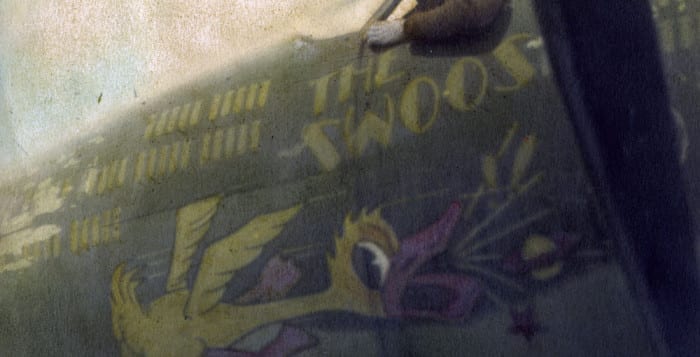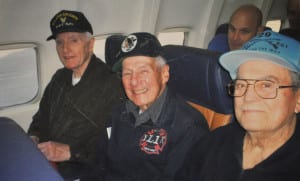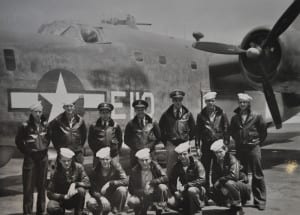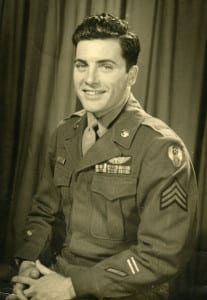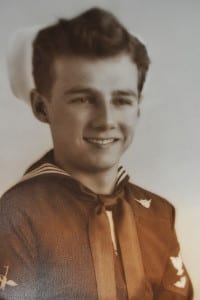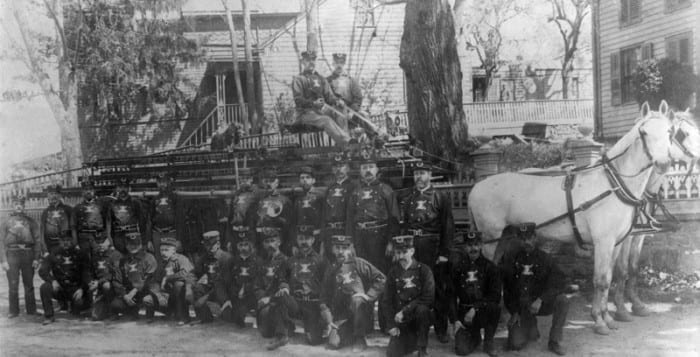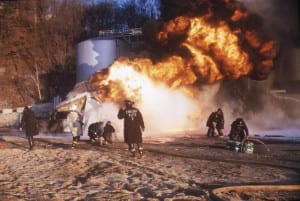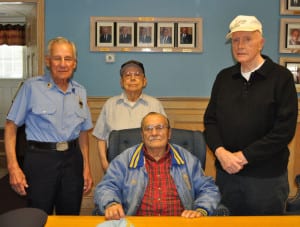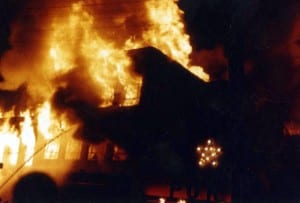By Samantha Rutt
The Port Jefferson Civic Association hosted a meeting on Feb. 12 dedicated to first responders.
“Our first responders have been there for us many a time, we have invited them here to help our residents learn what it takes to run such operations as well as learn what unique challenges they face,” civic association President Ana Hozyainova said.
The Port Jefferson Fire Department and EMS organizations have long been pillars of the Port Jefferson community, providing crucial emergency services to residents in times of need. However, recent challenges have highlighted the strain on these vital institutions, ranging from outdated facilities to a shortage of funding and volunteers.
One of the primary issues facing the Port Jefferson Fire Department and EMS is the state of their facilities. Many of the buildings housing these organizations are small and outdated, failing to meet the needs of modern emergency response. These facilities lack adequate space for equipment storage, training facilities and administrative offices, hindering the effectiveness of operations.
The most prominent issue facing the fire department is flooding. The location of the historic building is nestled in one of the lowest points of the town’s landscape allowing it to be highly susceptible to excess water. Third assistant fire chief, Christian Neubert, explained past complications the department faced during severe storms and excess rain.
“One of the big problems we have is the firehouse floods,” Neubert said. “So, getting the firefighters to the fire department can be complicated. We have a flood protocol that we put in place after the 2019 flood, that when there is an alarm, certain apparatuses are allocated to certain sides of Maple Place. Some go up the hill and some go down toward the village.”
The issue of flooding exacerbates the challenges already faced. Flooding not only poses a threat to the safety of personnel but also endangers critical equipment and resources essential for emergency response efforts.
“That’s one of our starting points for mitigating those emergencies,” Neubert added. “There’s a lot of logistical complications when we deal with those types of floods.”
Like the fire department, the EMS organization is also experiencing a facility crisis. The organization runs an EMS training program with Stony Brook University students.
“We run an EMS training program, the EMS Academy, out of our facility,” Mike Presta, deputy director from Port Jefferson EMS explained. “We make our pre-health student EMTs and they go on to serve the community for the four or five or six years that they’re working toward becoming a health professional.”
Presta continued explaining the program in greater detail, “Almost five years ago, we actually developed a program where they live in the building. We have 15 college kids that live there, they get free room and board.”
Though the efforts and intention of the EMS organization are pure, they face challenges running their organization alongside the student training program. Presta explained that due to the need for living quarters, the organization has set up trailers in the rear of the property to best suit the other operations of the organization.
In addition to facility woes, the Port Jefferson Fire Department and EMS are grappling with a significant shortage of volunteers. Traditionally volunteer-based, these organizations rely on community members willing to dedicate their time and expertise to serve their neighbors. However, in recent years, recruitment efforts have struggled to attract new volunteers.
“We don’t get a lot of local community volunteers. We don’t really have many from the village, we don’t have any from Belle Terre, we don’t have any from Mount Sinai. So, our organization has grown to really rely on our Stony Brook University students,” Presta said.
Funding is also an issue facing these organizations as they rely heavily on property tax levies within the district and little elsewhere.
“Unlike some of our neighboring districts and partners, we don’t have as large a commercial tax base means that we don’t get to pull from a Walmart or a BJ’s or Target or Home Depot or a Lowe’s, we don’t have those large places,” Neubert said. “So, we have to be very mindful with our spending.”
Neubert continued explaining some of the ways the department has made efforts to save: “Recently, the fire district outsourced this faction of services to the supported firemen. So, our dispatchers now are Setauket dispatchers. That was a huge savings for the fire district, because they no longer had to pay full-time dispatchers out of the firehouse. And the reason that had happened was because insurance premiums have gone significantly up because of the recent floods.”
In the face of these challenges, the dedication and commitment of the members of the Port Jefferson Fire Department and EMS remain unwavering. Despite the obstacles they face, these individuals continue to serve our community, ensuring the safety and well-being of all residents. As a community, it is incumbent upon us to support and strengthen these essential organizations as they work tirelessly to keep Port Jefferson safe.
The meeting also served as the first opportunity to register interest in running for officer positions for the civic association. Offices open for elections are, president, vice president, treasurer, recording secretary and corresponding secretary. Only members in good standing are eligible to run and the deadline to submit interest is March 11, also the date of the next association meeting.

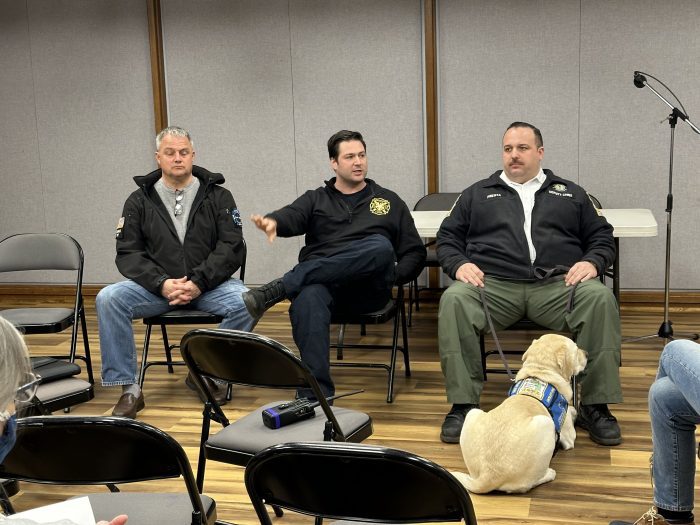

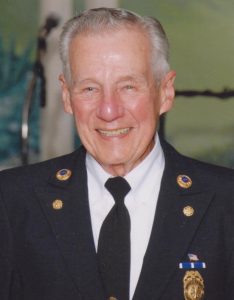 Frederick J. Gumbus “Pop”, 97 years old of Port Jefferson, died May 9.
Frederick J. Gumbus “Pop”, 97 years old of Port Jefferson, died May 9.